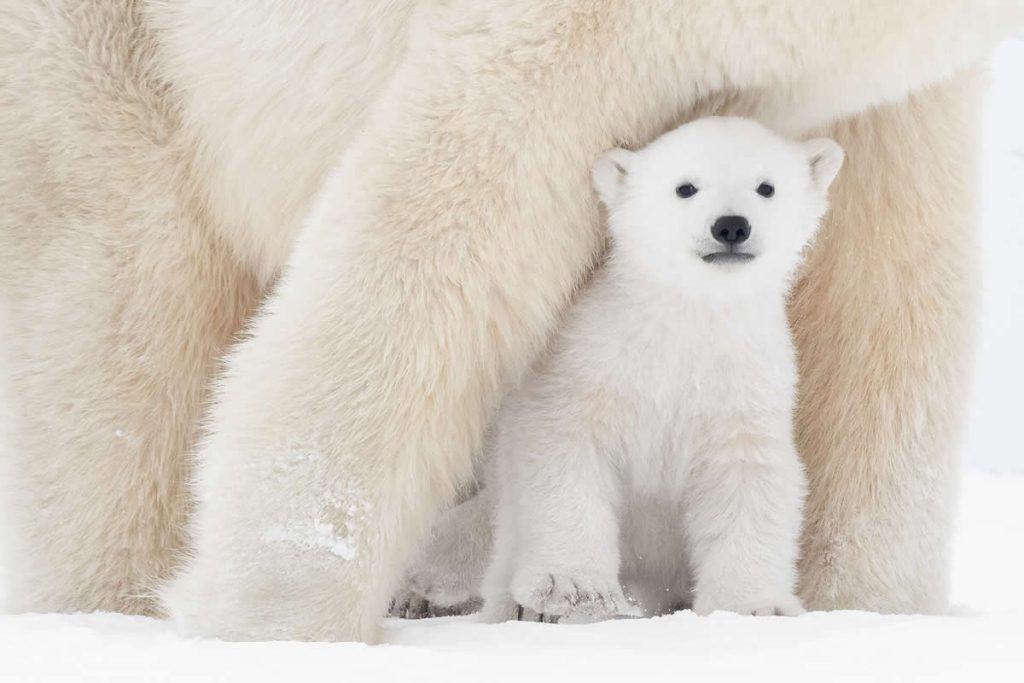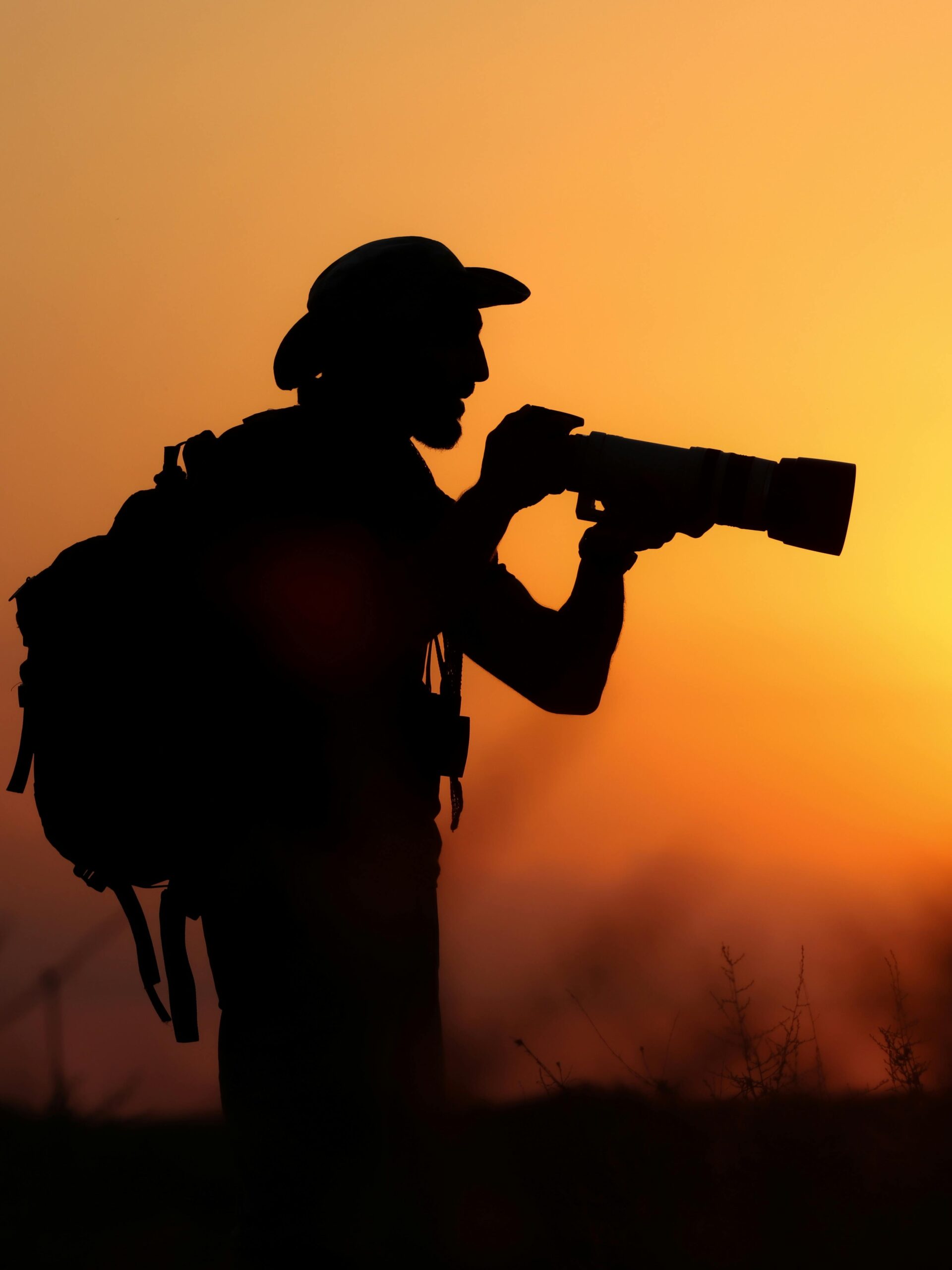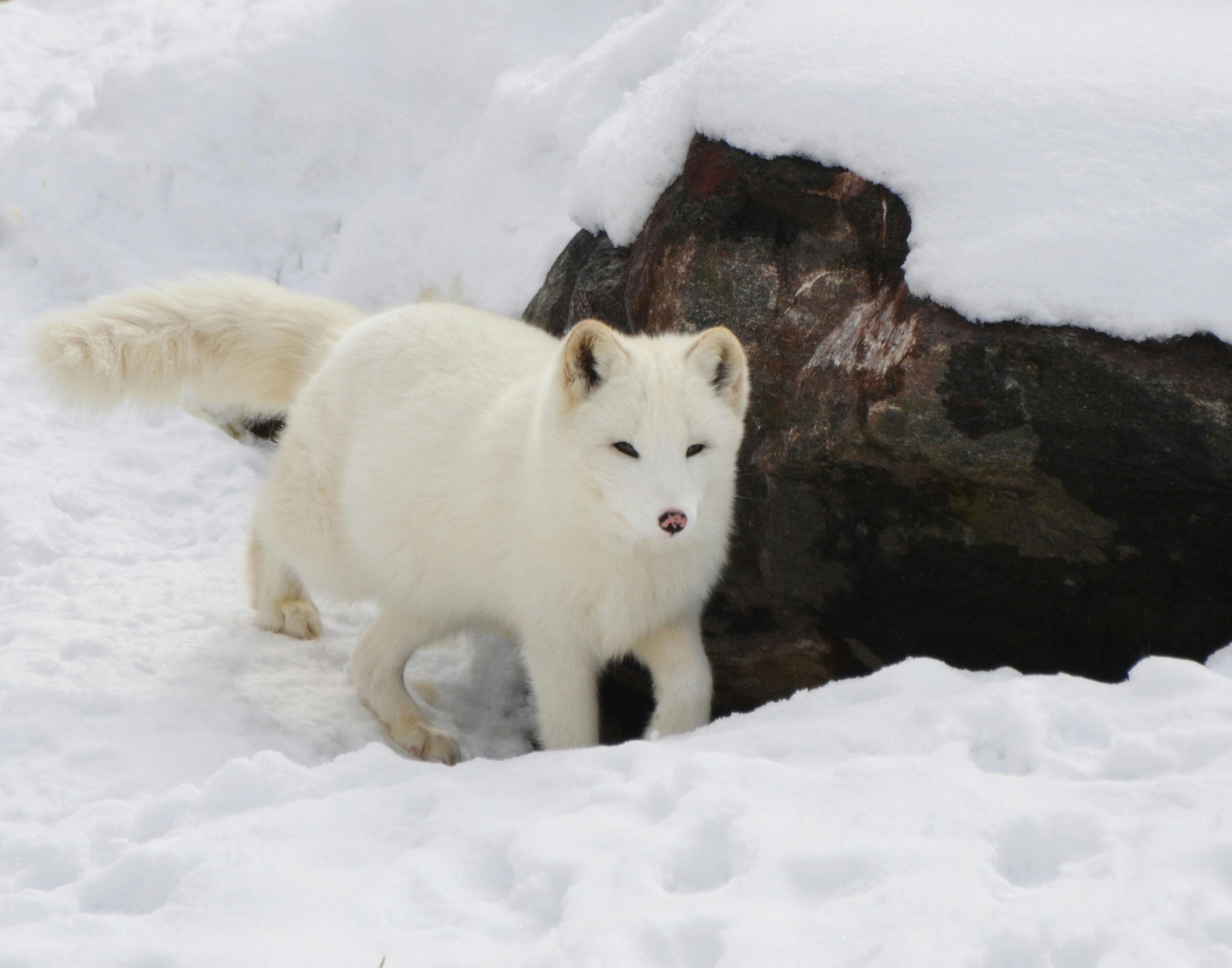Canada’s Wildlife Photography Gold Rush Opportunity
Canada hosts some of the world’s most spectacular wildlife in accessible, protected environments creating exceptional photography opportunities unavailable in most countries. From grizzly bears fishing British Columbia salmon streams to polar bears near Churchill, Manitoba, from moose in Algonquin Park to whales off Newfoundland and Labrador coasts, Canadian wildlife diversity attracts photographers globally whilst offering local photographers home-field advantages.
The Canadian wildlife and nature photography market generates an estimated $120 million annually according to Statistics Canada creative industry data, with international demand for authentic Canadian wildlife imagery growing as conservation awareness increases and outdoor recreation expands. Professional wildlife photographers earn $45,000-$95,000 annually through diversified income streams including stock photography, editorial assignments, commercial licensing, tourism partnerships, and workshop instruction.
This specialized market rewards properly trained photographers combining technical excellence, species knowledge, ethical practices, and business acumen. Comprehensive wildlife photography courses prepare you completely for commercial success in this lucrative, personally rewarding specialization serving conservation and showcasing Canada’s natural heritage.
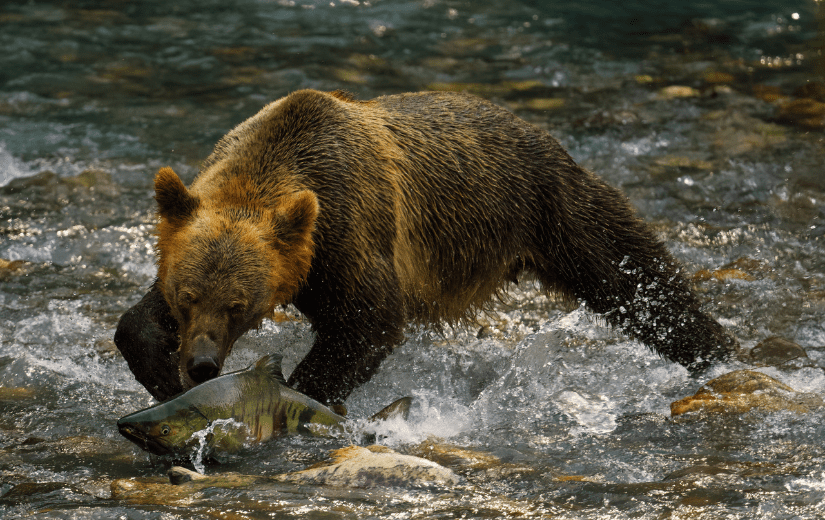
Essential Canadian Wildlife Species and Photography Opportunities
Canada’s diverse ecosystems from coastal rainforests to arctic tundra, prairie grasslands to boreal forests support iconic species creating world-class photography opportunities. Understanding species distribution, behaviour patterns, and optimal locations enables strategic specialization maximizing your wildlife photography success.
Bears: Canada’s Most Sought-After Wildlife Subject
Grizzly bears in British Columbia, Alberta, and Yukon represent premium wildlife photography subjects attracting international photographers willing to invest thousands in guided access. Understanding bear behaviour, safety protocols, and ethical photography distances proves essential for this potentially dangerous subject commanding premium stock and editorial rates.
Black bears distributed across most Canadian provinces offer more accessible photography opportunities for photographers unable to access remote grizzly locations. Understanding black bear behaviour differences from grizzlies, seasonal activity patterns, and habituation levels enables safe, ethical photography producing commercially viable imagery.
Polar bears near Churchill, Manitoba, create unique photography opportunities drawing photographers worldwide during October-November viewing season. This specialized niche requires understanding arctic conditions, extreme cold equipment protection, and tour operator relationships providing guided access to this iconic arctic species.
Spirit bears (Kermode bears) in British Columbia’s Great Bear Rainforest represent rare, highly sought subjects commanding premium pricing for quality imagery. This white-phase black bear subspecies attracts serious wildlife photographers willing to invest significantly in guided expeditions accessing remote rainforest locations.
Ungulates: Moose, Caribou, and Iconic Canadian Species
Moose photography across Canadian provinces but particularly in Newfoundland, Alberta, and Ontario provides accessible subjects for photographers unable to access more remote or dangerous species. Understanding moose behaviour including rutting season aggression, cow-calf interactions, and feeding patterns enables compelling imagery beyond simple animal portraits.
Caribou herds in northern Canada, Newfoundland, and mountain regions offer dramatic photography including mass migrations and interactions with harsh environments. Caribou photography often requires significant travel though produces imagery unavailable to photographers limited to southern locations.
Elk and deer species distributed across provinces provide year-round photography opportunities particularly during fall rutting seasons. Understanding ungulate behaviour, seasonal coat changes, and habitat preferences enables strategic photography planning maximizing opportunities for compelling imagery.
Bison in prairie parks and specialized reserves represent Canada’s largest land mammal offering dramatic photography though requiring understanding of dangerous behaviour and appropriate safe distances. Wood bison in northern regions and plains bison in prairie parks create different photography opportunities and challenges.
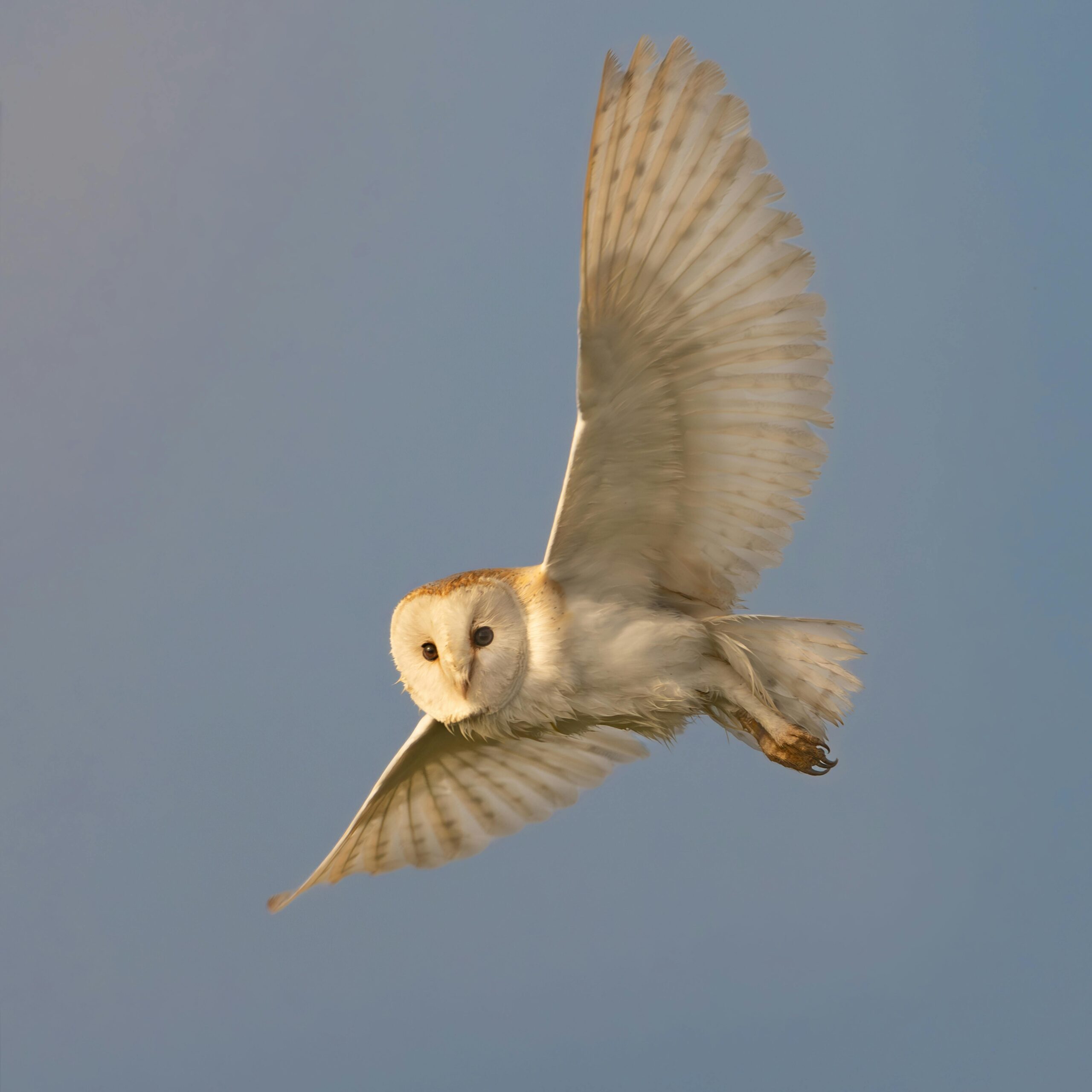
Avian Species: Birds of Prey and Waterfowl
Bald eagles, golden eagles, and various hawk and owl species provide year-round raptor photography opportunities across Canadian provinces. Understanding raptor behaviour, hunting techniques, and seasonal movements enables anticipating action for compelling flight and hunting imagery beyond perched bird portraits.
Waterfowl including Canada geese, various duck species, and rare crane populations create exceptional photography during spring and fall migrations. Understanding migration routes, staging areas, and optimal timing positions you for spectacular concentrations impossible during other seasons.
Shorebird migrations through Canadian coastlines and interior wetlands create brief but spectacular photography opportunities with massive concentrations of sandpipers, plovers, and other species. Understanding migration timing (often narrow 2-3 week windows) proves critical for accessing these opportunities.
Boreal songbirds and specialty species including warblers, sparrows, and northern finches attract birding photographers seeking complete documentation of Canadian avian diversity. This niche serves dedicated audiences willing to pay premium rates for quality imagery of less common species.
Marine Mammals and Coastal Wildlife
Whale watching opportunities off both Atlantic and Pacific coasts provide accessible marine mammal photography. Understanding species behaviour, breach timing, and optimal viewing conditions enables capturing dynamic action imagery commanding premium licensing fees for commercial and editorial usage.
Seal, sea lion, and otter photography along coastal areas offers year-round opportunities requiring understanding of marine mammal behaviour, tidal patterns, and coastal access logistics. These approachable subjects enable portfolio building whilst developing marine photography skills.
Seabird colonies including puffins, gannets, and terns along Atlantic Canada coasts create spectacular seasonal photography opportunities. Understanding nesting seasons, colony access regulations, and appropriate photography ethics ensures quality imagery whilst protecting sensitive nesting sites.
Technical Skills for Canadian Wildlife Photography
Wildlife photography demands specialized technical capabilities beyond general photography fundamentals. Comprehensive training develops these essential skills enabling consistent professional results across challenging field conditions with unpredictable subjects.
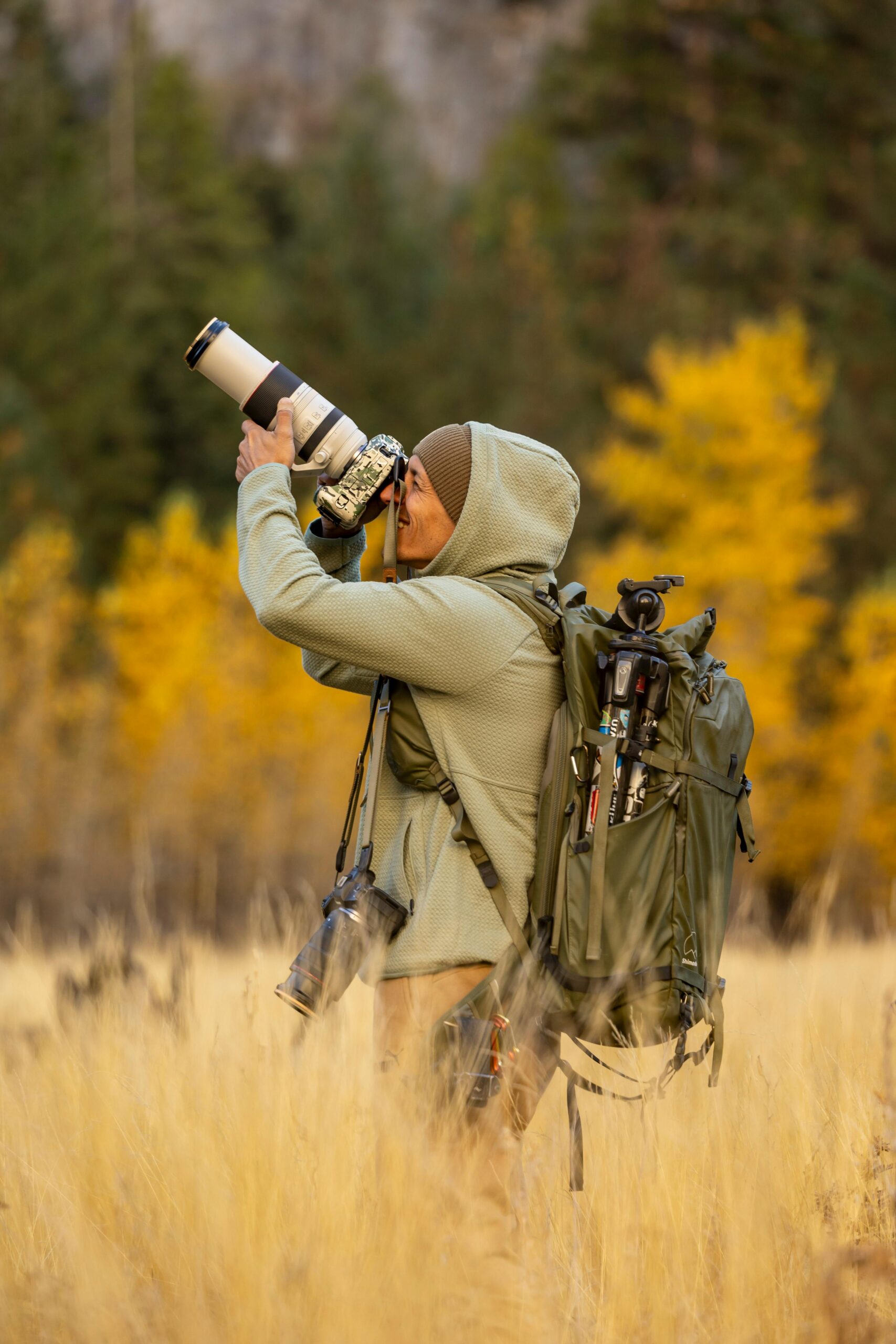
Telephoto Lens Mastery and Long-Range Techniques
Telephoto focal lengths of 400mm-600mm enable frame-filling wildlife images whilst maintaining safe, ethical distances respecting animal welfare and photographer safety. Understanding telephoto techniques including image stabilization, proper handholding, and support systems proves essential for consistently sharp imagery.
Fast autofocus tracking with moving subjects requires understanding camera autofocus systems, focus mode selection, and tracking techniques maintaining sharp focus as wildlife moves unpredictably. Modern mirrorless camera eye-detection for animals simplifies tracking though understanding manual intervention improves success rates when automation fails.
Depth of field management at long focal lengths—where depth of field shrinks to mere centimetres—requires precise focus point selection and aperture control balancing subject isolation with acceptable sharpness across animal bodies. Understanding depth of field principles prevents common beginner errors placing eyes out of acceptable sharpness.
Shutter speed selection balancing motion freezing with light gathering proves critical for wildlife action photography. Understanding minimum shutter speeds for different subjects—perched birds versus flight, walking versus running mammals—enables conscious decisions prioritizing sharpness or intentional motion blur creative effects.
Exposure Management in Challenging Conditions
High ISO performance and noise management enable photography during dawn and dusk when many Canadian animals are most active. Training covers pushing camera sensors to ISO 3200-12800 whilst maintaining acceptable image quality through proper exposure technique and post-processing noise reduction.
Exposure compensation for unusual lighting including bright snow, dark forests, or backlit subjects prevents common exposure errors that automation struggles with. Understanding histogram interpretation and exposure adjustment enables correct exposures despite conditions that fool camera meters.
Dynamic range management in high-contrast scenes—bright skies with shadowed subjects—requires understanding exposure bracketing, HDR techniques, or conscious exposure decisions prioritizing subject detail over background recovery. Wildlife photography often involves these challenging situations requiring technical problem-solving.
Rapidly changing light conditions require quick exposure adjustments as subjects move between sun and shade or as clouds intermittently block sun. Developing exposure adjustment muscle memory through practice enables maintaining image quality whilst tracking moving subjects through variable lighting.

Fieldcraft and Species Behaviour Understanding
Approaching wildlife successfully without causing disturbance requires understanding animal behaviour, wind direction, camouflage principles, and patient stalking techniques. Quality training emphasizes fieldcraft equally with camera operation—technical skills mean nothing without successfully approaching subjects.
Predicting behaviour and anticipating action enables pre-focusing, pre-composing, and positioning for peak moments before they occur. Understanding species-specific behaviours—bear fishing techniques, bird take-off preparations, ungulate sparring precursors—enables capturing decisive moments that casual observers miss.
Reading body language and stress signals prevents disturbing wildlife whilst protecting photographer safety. Understanding when animals show agitation, when they’re comfortable with your presence, and when retreat becomes necessary ensures ethical photography whilst preventing dangerous encounters.
Seasonal behaviour patterns including breeding, migration, and feeding cycles determine optimal photography timing and locations. Comprehensive training covers Canadian species seasons, helping you plan photography maximizing opportunities for target subjects during peak activity periods.
Ethical Wildlife Photography and Conservation Principles
Professional wildlife photographers carry responsibility beyond creating compelling imagery—ethical practices protect animal welfare, preserve habitats, and support conservation objectives. Training emphasizing ethics distinguishes professionals from tourists potentially harming wildlife through inappropriate behaviour or ignorance.

Principles of Ethical Wildlife Photography
Maintaining appropriate distances respects animal welfare whilst often producing better photography through natural, relaxed behaviour versus stressed, fleeing subjects. Understanding species-specific safe distances—much greater for dangerous animals like bears versus small birds—ensures both ethical practices and photographer safety.
Never baiting, calling, or manipulating wildlife for photography creates authentic imagery whilst avoiding potential harm from behavioural disruption or habituation to humans. Ethical wildlife photographers document natural behaviour rather than artificially creating scenes despite pressure for dramatic imagery.
Protecting nesting sites and denning areas from disturbance during sensitive breeding and rearing periods prioritizes species conservation over photography opportunities. Understanding when and where photography becomes inappropriate prevents inadvertent harm to vulnerable populations.
Respecting closures and regulations in protected areas supports conservation efforts whilst preventing photographer access becoming rationale for restricting legitimate activities. Compliance with Parks Canada regulations and provincial park rules demonstrates professionalism whilst protecting continued access for ethical photographers.
Supporting conservation through imagery donations, partnership with conservation organizations, and ethical licensing decisions enables photography contributing positively to wildlife protection. Many successful wildlife photographers balance commercial work with conservation-focused projects using photography supporting species they photograph.
Canadian-Specific Ethical Considerations
Indigenous land acknowledgment and respect for traditional territories where wildlife photography occurs recognizes first peoples’ relationships with animals and lands. Understanding whose traditional territories you photograph on and respecting indigenous protocols demonstrates cultural awareness and appropriate respect.
Climate change impacts on Canadian wildlife including range shifts, seasonal timing changes, and population declines require photographers acknowledging these realities in captions, educational content, and conservation support. Wildlife photography can document environmental change whilst supporting conservation responses.
Habitat protection advocacy through imagery showcasing threatened ecosystems and species at risk supports conservation efforts protecting locations enabling continued photography. Professional wildlife photographers often become conservation advocates using compelling imagery driving public support for habitat protection.
Business Strategies for Wildlife Photography Careers
Technical and ethical excellence alone don’t guarantee wildlife photography careers—business acumen, marketing effectiveness, and diversified revenue streams determine commercial success in this specialized field. Photography business courses integrated with wildlife training ensure complete professional preparation.
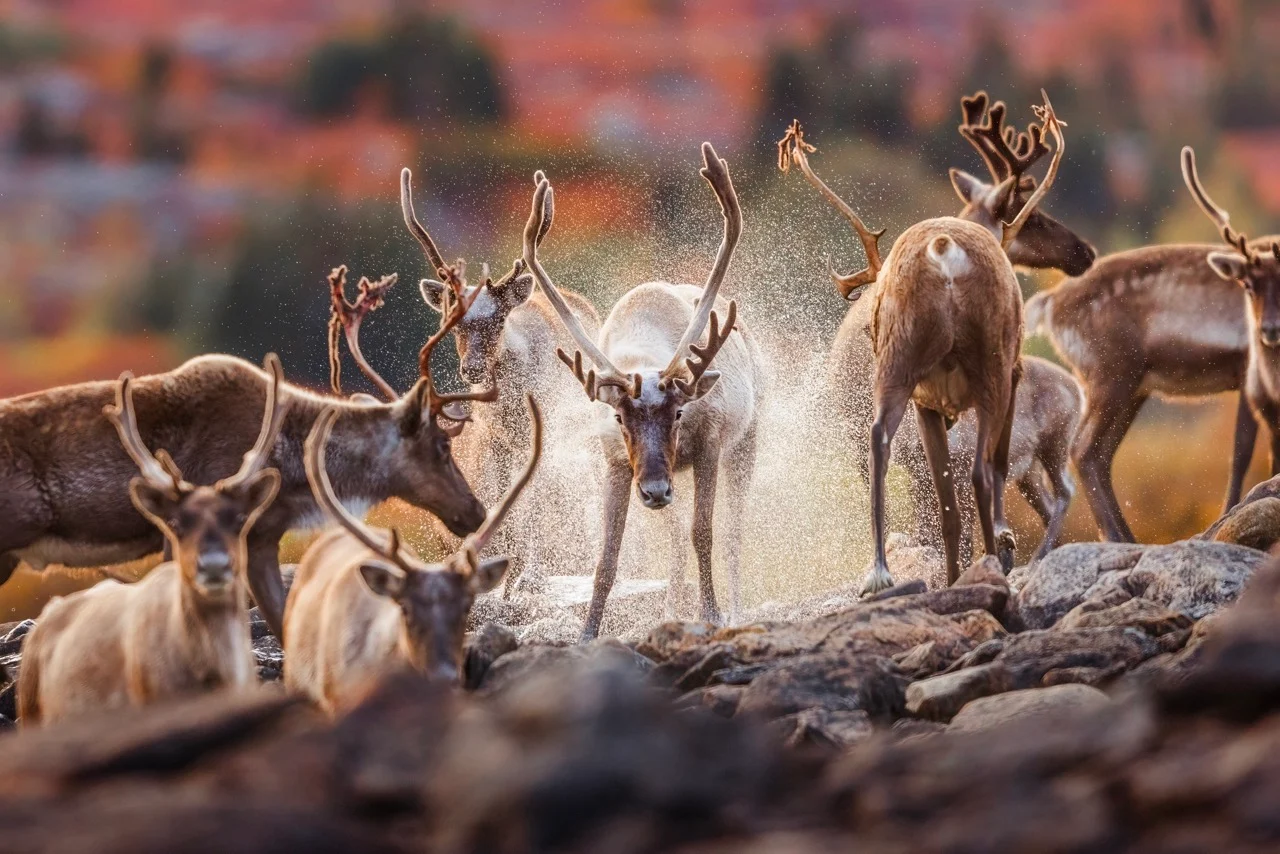
Diversified Income Streams for Wildlife Photographers
Stock photography agencies including Getty Images, Nature Picture Library, and Canadian-specific agencies provide passive income from existing image libraries. Understanding stock agency requirements, keywording strategies, and competitive image quality standards establishes foundations for growing passive income.
Editorial assignments for Canadian Geographic, outdoor magazines, conservation publications, and tourism marketing materials offer higher per-image rates than stock photography. Building editorial client relationships through consistent pitch submissions and professional reputation opens assignment opportunities.
Commercial licensing for advertising, packaging, corporate communications, and outdoor brand marketing commands premium pricing—$1,500-$15,000+ per image depending on usage scope. Understanding commercial licensing negotiations protects image value whilst remaining competitive in Canadian markets.
Tourism partnerships with operators offering wildlife viewing, photography tours, or outdoor experiences generate income through promotional photography, workshop instruction, or revenue-sharing arrangements. Many tourism businesses need quality wildlife imagery whilst providing photographers access to prime locations and wildlife encounters.
Conservation organization work combines income with meaningful contribution—nonprofits need compelling imagery for fundraising, education, and advocacy whilst often providing access to research sites and expert knowledge enhancing photography opportunities.
Marketing Wildlife Photography Services
Portfolio development showcasing Canadian wildlife diversity, technical excellence, and compelling storytelling attracts potential clients evaluating photographer capabilities. Quality portfolios emphasize consistency, variety, and distinctive style separating your work from countless wildlife enthusiasts posting smartphone images.
Social media marketing particularly on Instagram and specialized platforms reaches engaged audiences interested in wildlife content. Strategic hashtag usage, engaging captions with conservation messaging, and consistent posting builds followings generating inquiry flow and stock photography discovery by potential licensing clients.
Professional website optimization for search terms like “Canadian wildlife photography,” “bear photography stock images,” or location-specific searches attracts potential clients discovering your work through Google searches. SEO-optimized websites with properly keyworded images drive ongoing organic traffic.
Industry networking through Canadian Wildlife Federation involvement, nature photography groups, and conservation organizations creates professional connections generating referrals, collaborative opportunities, and insider knowledge about upcoming projects or opportunities.
Print sales, gallery exhibitions, and fine art markets provide additional revenue streams whilst building reputation and public profile. Many wildlife photographers develop hybrid careers combining commercial licensing with fine art sales attracting collectors valuing Canadian wildlife imagery.
Pricing and Financial Management
Understanding true costs including specialized equipment, travel expenses to remote locations, time investment in fieldwork often yielding limited usable images, and business overhead enables pricing generating sustainable income. Wildlife photography often involves higher costs per image than studio work—pricing must reflect these realities.
Travel budgeting for accessing prime Canadian wildlife locations—flights to Churchill for polar bears, guided tours in Great Bear Rainforest, camping in national parks—represents significant expenses requiring strategic planning. Successful wildlife photographers budget substantial annual travel investments accessing locations producing premium imagery.
Equipment depreciation particularly for expensive telephoto lenses and weather-sealed bodies experiencing harsh field conditions requires financial planning for replacement cycles. Professional wildlife gear represents $15,000-$35,000 investments requiring responsible asset management and replacement budgeting.
Tax deductions including vehicle expenses for remote access, travel costs, park permits, equipment purchases, and home office expenses reduce tax burden when properly documented. Understanding Canada Revenue Agency requirements for claiming business expenses optimizes financial outcomes.
Canadian Locations and Seasonal Planning
Strategic location selection and seasonal timing dramatically impact wildlife photography success. Understanding Canada’s premier wildlife locations, access requirements, and optimal timing enables efficient planning maximizing photography opportunities whilst managing travel budgets.

Western Canada Wildlife Photography
British Columbia offers exceptional diversity—grizzly bears in coastal regions and interior mountains, spirit bears in Great Bear Rainforest, whales and marine mammals along coasts, mountain goats and bighorn sheep in alpine areas. BC wildlife photography often requires guided access though produces world-class imagery.
Alberta’s Rocky Mountain national parks including Banff and Jasper provide accessible wildlife photography—elk, bighorn sheep, bears, and varied smaller species. Understanding park regulations, wildlife jams causing crowding, and off-season advantages enables strategic planning.
Yukon and Northwest Territories offer remote northern wildlife photography—caribou, dall sheep, wolves, and arctic species. These locations require substantial travel investments though produce imagery unavailable to photographers limited to southern provinces.
Central Canada Wildlife Opportunities
Manitoba’s Churchill region represents global polar bear photography destination attracting international photographers. Understanding optimal timing (October-November), tour operator options, and extreme cold preparation proves essential for this specialized location.
Ontario’s Algonquin Park provides accessible moose, bear, and bird photography near major population centres. Understanding seasonal timing, campground access, and highway wildlife viewing opportunities enables quality photography without extensive travel.
Saskatchewan and prairie provinces offer grassland species, waterfowl concentrations, and northern boreal wildlife. These often-overlooked locations provide excellent opportunities with lower photographer competition than famous national parks.
Eastern Canada Wildlife Photography
Newfoundland and Labrador offer exceptional moose photography, Atlantic puffin colonies, whale watching, and dramatic coastal landscapes. Understanding seasonal timing particularly for puffin nesting (June-August) and whale feeding (June-September) enables optimal planning.
Atlantic provinces provide marine mammal photography, seabird colonies, and forest wildlife. Cape Breton, Bay of Fundy, and various coastal locations offer diverse opportunities accessible from Halifax, Moncton, or other Atlantic centres.
Quebec’s northern regions and provincial parks provide woodland caribou, black bears, and boreal bird photography. Understanding Quebec’s distinct regulations and bilingual requirements benefits photographers operating in this large province.
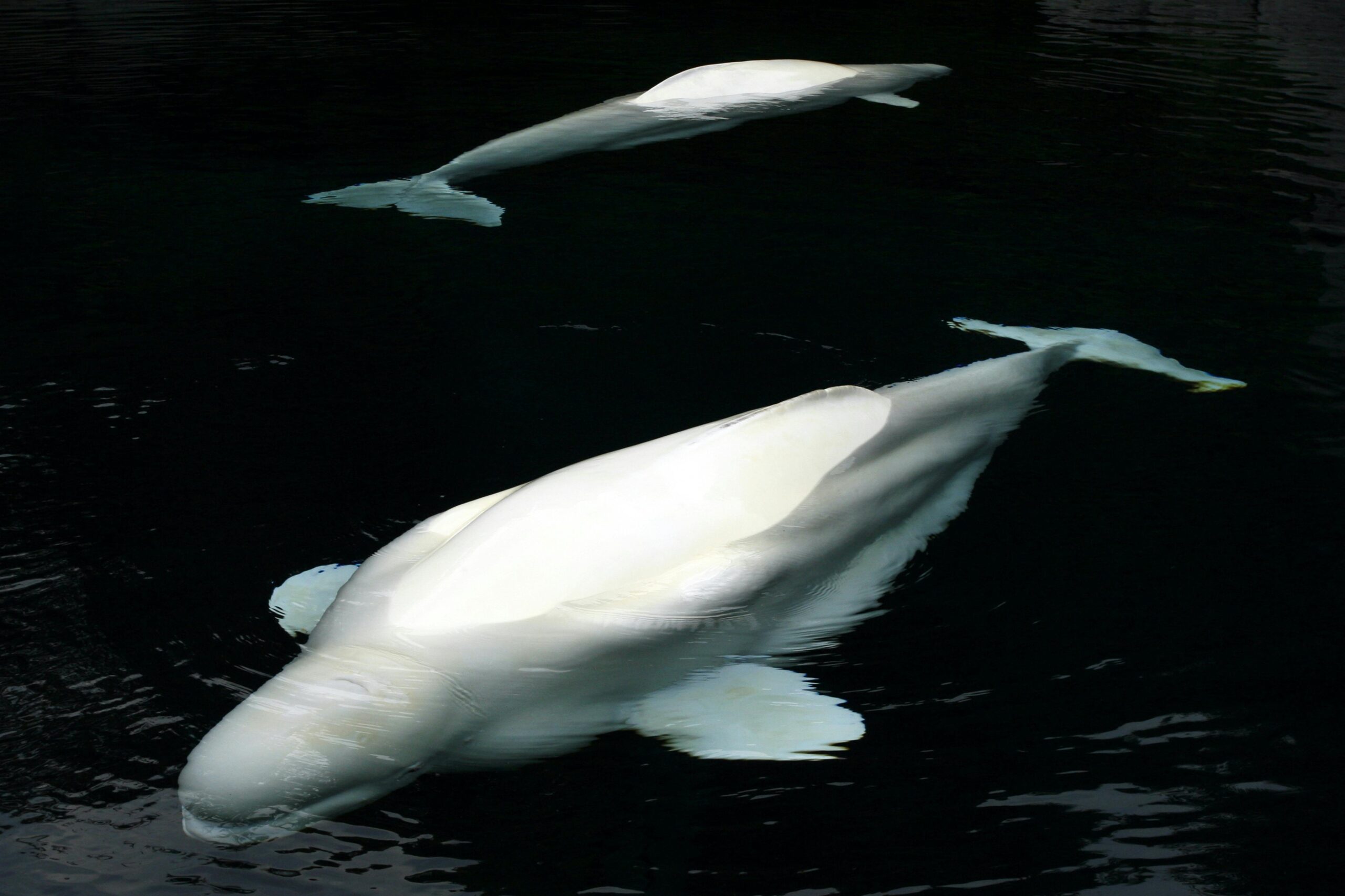
Start Your Wildlife Photography Career Today
Canada’s spectacular wildlife and growing demand for authentic nature imagery create exceptional opportunities for properly trained wildlife photographers combining technical excellence, ethical practices, and business acumen. Comprehensive training prepares you completely for this rewarding specialization.
Canadian Photography School’s wildlife photography course includes professional telephoto lenses and camera equipment, comprehensive technical and business training, and ongoing support preparing you for wildlife photography success in Canadian markets. With professional equipment included and payment plans from $35/week CAD, begin your wildlife photography career immediately without substantial upfront investment.
Whether pursuing full-time wildlife photography careers, supplementary creative income, or combining wildlife specialization with broader professional photography training, comprehensive education provides foundations for sustainable success in Canada’s thriving wildlife and nature photography industries. Explore our photography business course for essential entrepreneurial training ensuring your artistic passion generates sustainable professional income.
